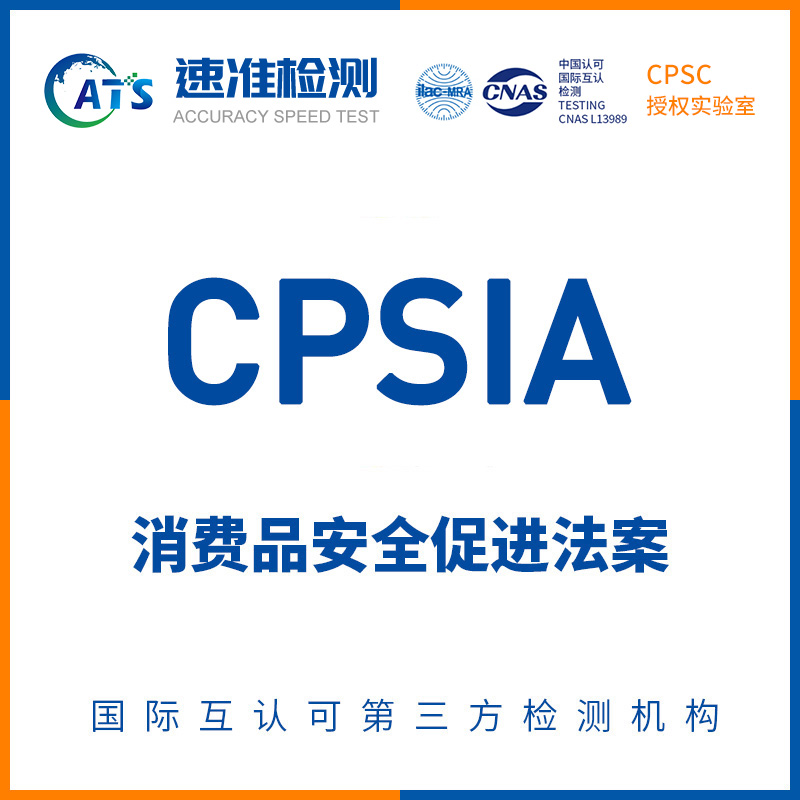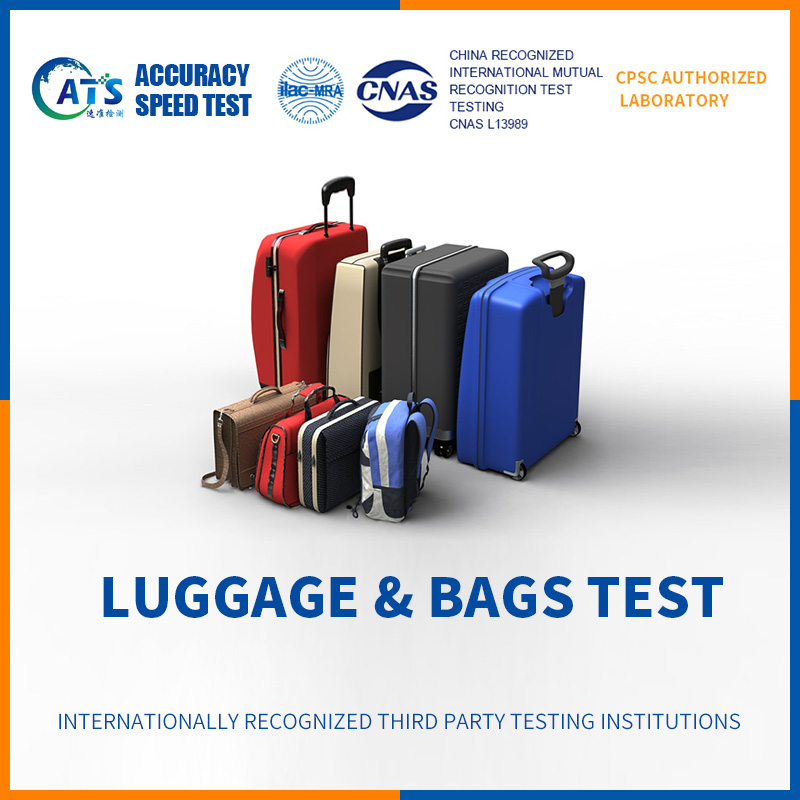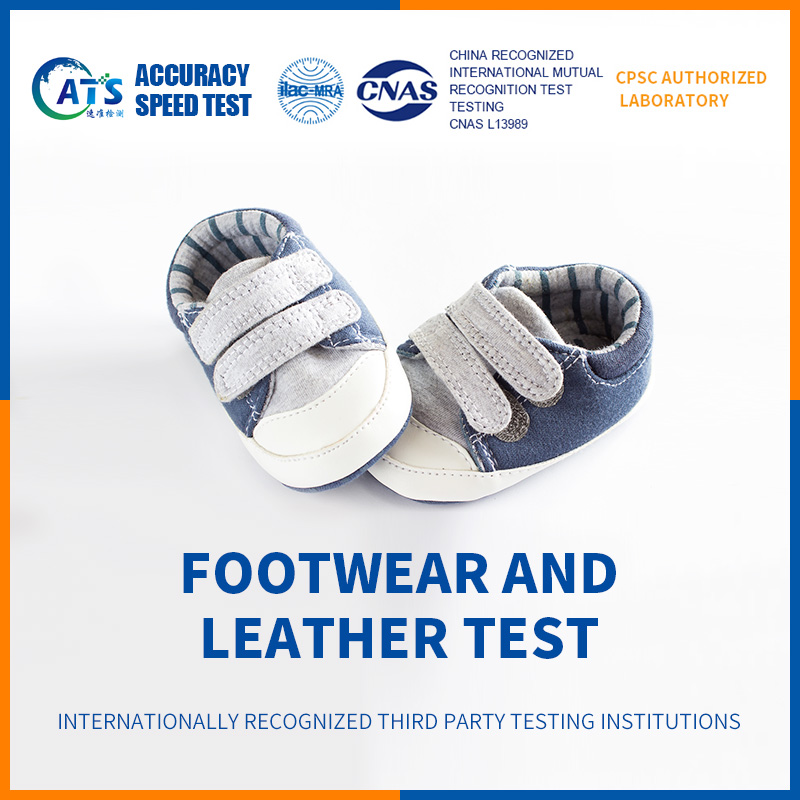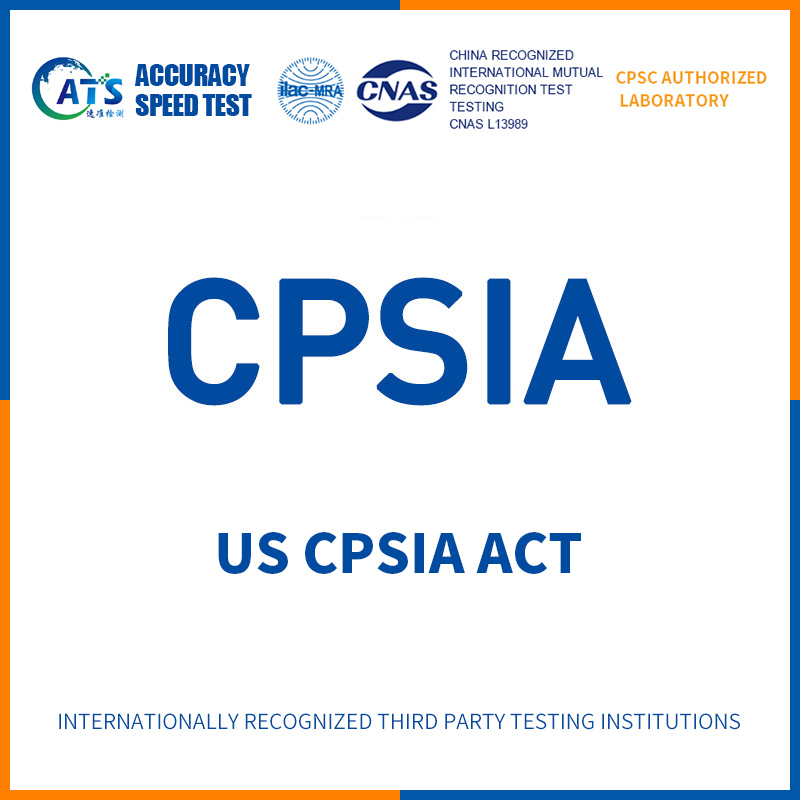CHINA RECOGNIZED INTRENATIONAL MUTUAL RECOGNITION TEST TESTING CNAS L13989
CHINA RECOGNIZED INTRENATIONAL MUTUAL RECOGNITION TEST TESTING CNAS L13989

In the highly competitive Amazon marketplace, especially for children's products, CPC Certification (Children’s Product Certificate) is not just a regulatory hurdle—it’s a passport to building a high-quality brand image. This guide will walk you through the core concepts of CPC certification, common pitfalls, the full process from laboratory testing to listing, cost optimization strategies, frequent audit pitfalls, specific requirements for baby and toy categories, and the latest policy updates. By the end, you'll be well-equipped to navigate the compliance challenges of the U.S. market.

Any product designed for children aged 12 and under must obtain CPC certification. This includes, but is not limited to:
The CPSIA (Consumer Product Safety Improvement Act) and ASTM standards form the legal and technical foundation for certification. For instance, the CPSIA specifies limits for lead content and phthalates, while ASTM standards detail the methods for testing physical, chemical, and mechanical properties to ensure all criteria are met.
Labels must include permanent tracking information such as:

Inaccurate or vague age labeling may lead to the product being classified as high-risk, triggering additional testing requirements. Remember, precise age grading is the first step toward compliance.
Some sellers mistakenly assume that if a product comes from overseas, the importer bears all the responsibility. In reality, both the manufacturer and the importer must ensure that the product fully complies with CPSC standards, or face penalties.
Generic reports often do not cover the specific requirements for each SKU. Sellers should insist on tailored test reports to avoid certification failures and potential account suspensions.
Packaging design goes beyond aesthetics—it must clearly display all compliance information. Detailed six-side views can help auditors quickly verify data, reducing the risk of rejection due to incomplete information.
Even if a product is not explicitly labeled for children, if its design or usage suggests it may attract children, it might still fall under the CPSC’s definition of a children’s product and require CPC certification. Do not take any chances.
Choosing a reputable, CPSC-approved third-party laboratory is the first critical step. Use the CPSC website to verify the list of accredited labs, ensuring that your test reports hold legal weight.
Ensure that the sample submitted for testing exactly matches the product being sold. All accessories, packaging, and functional aspects must be included to prevent discrepancies between the sample and the final product.
A comprehensive test report should cover:


A typical CPC certificate includes:
By combining main color sampling with auxiliary color exemptions, you can cover essential tests while reducing unnecessary expenses.
Conducting pre-inspections on raw materials can quickly identify potential risks, significantly cutting down on later rework costs.
During peak seasons or urgent situations, expedited testing services are key. Choosing a lab that offers rapid turnaround can secure clearance within three days, ensuring timely product listings.
Some labs allow the same test report to be used for multiple e-commerce platforms, such as Temu, Amazon, Walmart, and eBay, reducing redundancy and overall costs.
Any form of document falsification can lead to severe penalties, including permanent account suspension. This risk should never be underestimated.
Ensuring that SKU and ASIN information match is a basic requirement. Prompt corrections can effectively prevent audit failures due to information discrepancies.
If issues arise from missing U.S. importer details, immediate measures—such as submitting supplementary documentation—can help bridge the gap temporarily.
Often, inconsistencies between age grading and test report data stem from hidden design risks. A thorough reassessment of product positioning and design is necessary to resolve these conflicts.
Chemical safety testing for baby products is extremely rigorous. Bottles and pacifiers must undergo strict tests for heavy metals and harmful substances to ensure they are completely safe.
Textile testing for children’s clothing goes beyond formaldehyde emissions—it also includes flammability tests to ensure safety under all conditions.
Structural stability tests for cribs are often overlooked, yet they are critical. Comprehensive pressure and drop tests can identify and eliminate potential hazards.
Packaging must not only be attractive but also compliant. Redesigning packaging with clear safety labels, traceability information, and environmentally friendly materials can greatly enhance product compliance.
For electronic toys, battery safety is paramount. Adhering to ASTM Section 4.25 ensures that batteries operate safely under all conditions, eliminating risks such as short-circuiting or overheating.
The filling materials in plush toys must be tested for density and flame retardancy. Using high-quality materials not only improves the tactile experience but also reduces fire risks.
Due to ingestion risks, magnetic toys are subject to strict standards. CPSC 1262 requires rigorous testing of magnet strength and arrangement to guarantee safety.
Ride-on toys must withstand intense use. Through load-bearing and drop tests, manufacturers can ensure that the product’s structural integrity remains uncompromised during real-world usage.
New policies require sellers to file specific U.S. information. Understanding the filing process and required documents is essential for staying ahead of regulatory changes.
As toxicology standards evolve, new testing requirements are emerging. Proactive preparation and strategic adjustments in testing protocols are crucial to avoid unexpected delays.
Choking hazard labels must meet specific size and placement standards on product packaging. Proper label placement is a key detail that can determine audit success.
Eco-friendly packaging certifications have become critical for international logistics. Sellers must pay close attention to material selection and certification procedures to ensure smooth customs clearance.
When an audit fails, a well-crafted appeal letter is indispensable. It should acknowledge mistakes while outlining a clear and detailed remediation plan to gain the auditors’ confidence.
Constructing a complete evidence chain, including correspondence with laboratories and payment receipts, is crucial during the appeals process and can serve as key supporting documentation for account reinstatement.
Establishing good communication with account managers can help secure priority processing. Clearly understanding and meeting the activation criteria is essential for swift resolution.
If a product is mistakenly classified as a children’s product, detailed evidence demonstrating its actual use and design can effectively overturn the misjudgment and remove unnecessary restrictions.
With the rise of virtual importer models, assessing their risks and benefits is critical. A thorough evaluation can help reduce compliance risks while enhancing operational flexibility.
Digital compliance tools are becoming increasingly prevalent. Implementing a system to manage testing archives for multiple SKUs can significantly improve tracking and efficiency.
Regularly monitoring updates on the CPSC website and developing quarterly self-audit checklists are key strategies to maintain ongoing compliance. Proactive measures can help you stay ahead of regulatory changes.
Establishing a professional compliance team with a clear competency model is the cornerstone of long-term success. Internal training and experience sharing are essential to reduce compliance risks systematically.